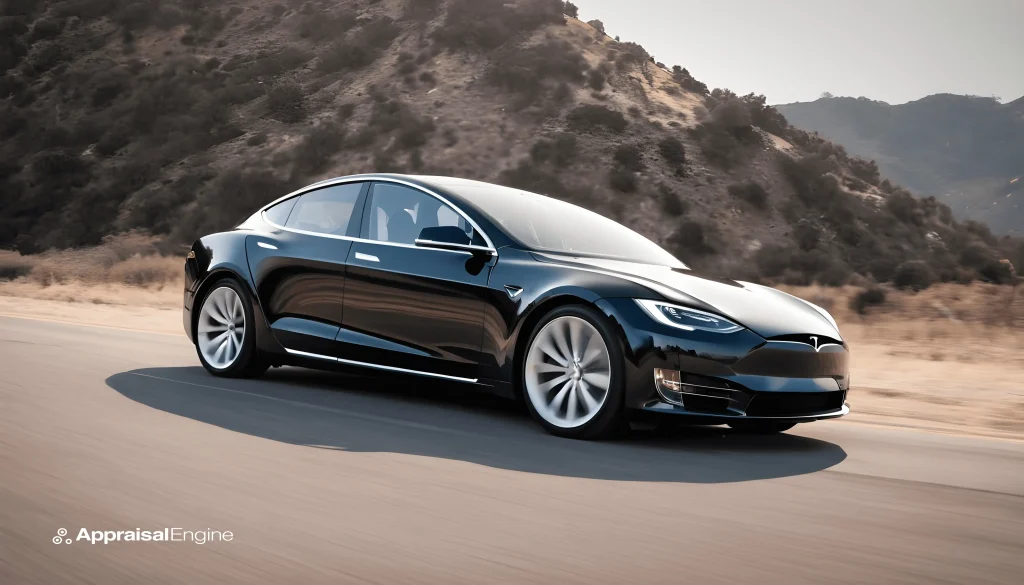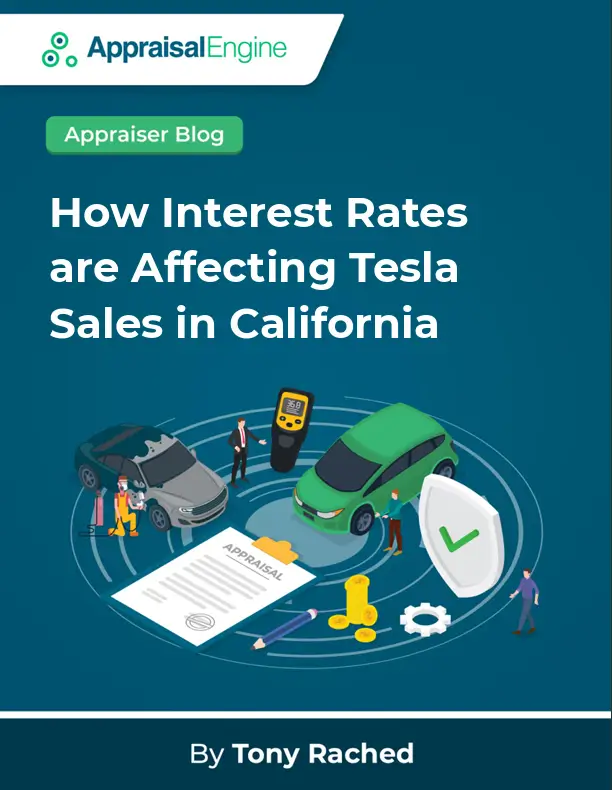In an unexpected turn of events, Tesla, the electric vehicle (EV) titan known for its groundbreaking innovations and massive sales volumes, has encountered a significant setback in its most crucial market. For the first time since the onset of the pandemic, Tesla’s vehicle registrations in California, a key barometer for the U.S. EV market, have seen a decline. This 10% drop is not just a number but a wake-up call, signaling shifting sands in the EV landscape that Tesla, and indeed the industry at large, cannot afford to ignore. Let’s delve into this phenomenon, explore its multifaceted implications, and uncover the less discussed but equally important factors at play behind these figures.

How Interest Rates are Affecting Tesla Sales in California (PDF)
A Closer Look at the Numbers
In the final quarter of 2023, Tesla’s California registrations fell to 47,592 from 52,782 the previous year, marking the first such decline in over three years. This downturn is particularly notable given California’s role as a bellwether for the nation’s EV market and represents approximately 10% of Tesla’s global deliveries. While Tesla’s global sales have surged to new heights, buoyed by aggressive price cuts, the California market tells a different story.
Factors Driving the Decline
Several key factors contribute to this unexpected downturn:
- The Elon Musk Factor: Public perception of Tesla is inextricably linked with its CEO, Elon Musk. Recent controversies, including Musk’s polarizing online behavior and political endorsements, have tarnished his reputation, casting a shadow over the Tesla brand. This connection has led to a decline in the company’s reputation and consideration rates among potential buyers.
- Economic Pressures: Rising interest rates have made financing more expensive, directly impacting consumer ability to purchase new vehicles. Tesla’s decision to slash prices, while boosting sales volumes, has adversely affected the residual value of Tesla vehicles on the road, leaving many owners with loans exceeding their cars’ worth.
- Market Dynamics: The layoffs in California’s tech sector, growing competition from established automakers expanding their EV offerings, and consumers’ shifting preferences towards hybrids are other critical factors. These dynamics have eroded Tesla’s market dominance, despite the Model Y and Model 3’s continued popularity.
- Changing Consumer Preferences: The rise in market share for hybrid vehicles, from 8.7% to 13.3% in just one year, alongside a slight decline in battery electric vehicle market share, underscores a broader trend. Californians are increasingly opting for less expensive, hybrid alternatives that offer flexibility and lower upfront costs.
The Broader Implications
Tesla’s California setback is more than a blip on the radar; it’s a signal of the evolving challenges facing the EV giant and the industry. As competition heats up and consumer preferences shift, Tesla’s once unassailable market position is being tested. The company’s response to these challenges, from adjusting pricing strategies to navigating the complex web of public perception, will be critical in maintaining its leadership role.
Charting a New Course
In the face of these challenges, Tesla’s unwavering dedication to innovation and its mission to propel the electric vehicle movement forward stand firm. The brand’s agility in responding to the evolving marketplace, alongside its ongoing drive for technological breakthroughs, positions it uniquely to navigate the road ahead. This strategic flexibility and a forward-thinking approach are key to steering Tesla’s journey toward continued growth and leadership in the electric vehicle industry.
Conclusion: A Road to Redemption or a Sign of Stiffer Competition?
Tesla’s recent struggles in California serve as a compelling case study in the complexities of maintaining market dominance amidst changing economic landscapes and consumer behaviors. As Tesla navigates these turbulent waters, its actions will offer valuable insights into the resilience and adaptability of leading players in the EV market. With a strategic approach and a renewed focus on consumer needs and perceptions, Tesla can turn this challenge into an opportunity for growth and innovation. The road ahead is fraught with challenges, but also ripe with possibilities for Tesla to redefine its legacy and continue leading the charge in the EV revolution.





